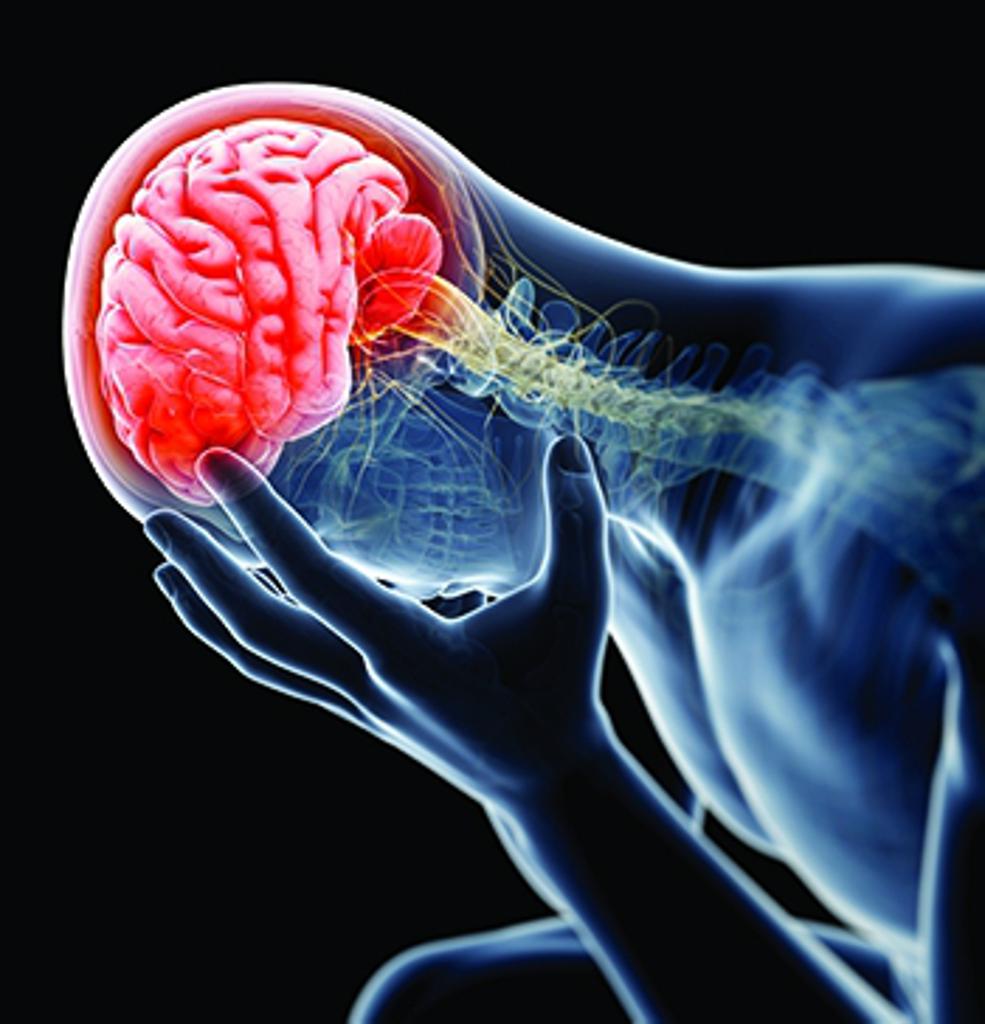Corns and calluses are not the same thing as many people think. Corns are smaller than calluses. They have a hard center surrounded by inflamed skin. Corns tend to develop on parts of our feet that do not bear weight. These parts are the sides and tops of your toes and between your toes. Corns can be also found in weight – bearing areas. When they are pressed, then they can be painful. Corns and calluses are thick, hardened layers of the skin which develop when our skin tries to protect itself against pressure and friction. They are annoying conditions. They most often develop on the feet and toes but also they can develop on hands and fingers. Calluses and corns can be unsightly. If you are healthy, then you only need treatment for corn and calluses if you feel discomfort. In the most cases people are simply eliminating the source of pressure or friction and this make their corns and calluses to disappear.
If you suffer from diabetes or another condition that is causing poor blood flow to your feet, then you have increased risk of complications from corns and calluses [1]. If you suffer from diabetes or other conditions which are leading to poor blood flow to your feet, then you should ask your doctor for his advice how to take proper care for corns and calluses. There are many cosmetic products which can be used for the treatment of this condition but you should talk with your doctor before you start using them. Your doctor also can tell you who the best home remedies for treating corns are. The medical term for the thickened skin that forms calluses and corns is hyperkeratosis. Corn is a thick, localized area that usually has a popular, circular or conical shape. Corns are also known as clavi or helomas and sometimes they have a translucent, waxy or dry appearance. In the most cases corns are occurring on parts on our feet but also there are some cases in which they are occurring on our fingers. Seed corns are clusters of tiny corns which can be very tender if they are located on the weight – bearing parts of our foot. Seed corns are often occurring on the bottom of our feet and there are some doctors who believe that this condition is caused by blocked sweat ducts.
Symptoms of corns and calluses:
You may have a corn or callus if you notice:
- Flaky, dry or waxy skin
- Tenderness or pain under your skin
- A hardened, raised bump
- A thick, rough area of the skin

If you have noticed that your corn has become very painful or inflamed, then you should visit your doctor as soon as possible. Also if you suffer from diabetes or poor blood flow, then you should you talk with your doctor before you self – treat the corn because even a minor injury to your foot can lead to ulcer (which is an infected open sore). [1,2]
Causes: There are some corns which are caused by improper walking motion but in the most cases they are caused by ill – fitting shoes. Friction and pressure from repetitive actions can cause corns to develop and grow. Some sources of these pressure and friction are
- Playing instruments or using hand tools: Calluses can happen on our hands as a result from using hand tools, the repeated pressure or playing instruments and even writing. [3]
- Skipping socks: When you wear sandals and shoes without socks, then they can cause friction on your feet. Socks that do not fit properly can also be a problem. [4]
- Wearing ill – fitting shoes: High heels and tight shoes can compress areas of your foot. When your footwear is too loose, then your foot may repeatedly slide and rub against the shoe. Your foot may also rub against a stitch or a seam inside the shoe. [5]
Risk factors: There are some factors which can increase your risk of getting corns such as
- Hammertoe: This is a deformity in which our toe curls like a claw.
- Bunions: This is an abnormal and bony bump that forms on the joint at the base of our big toe. [6]
- Other foot deformities: There are some conditions such as spur which can cause constant rubbing inside your shoe.
- Not protecting your hands: When you are using hand tools without wearing gloves, then this exposes your skin to excessive friction. [3]
References:
[1] Hamatani M, Mori T, Oe M, et al. Factors associated with callus in patients with diabetes, focused on plantar shear stress during gait. Journal of Diabetes Science and Technology. 2016;10(6):1353–9.
[2] Edmonds ME, Foster AVM. Diabetic foot ulcers. BMJ. 2006;332(7538):407–10. doi: 10.1136/bmj.332.7538.407
[3] Sims SEG, Engel L, Hammert WC, Elfar JC. Hand sensibility, strength, and laxity of high-level musicians compared to non- musicians. Journal of Hand Surgery. 2015;40(10):1996–2002.e5.
[4] Wanjek C. Barefoot walking gives you calluses that are even better for your feet than shoes, study suggests. Live Science. 2019. Retrieved from https://www.livescience.com/65799-foot-calluses-evolution.html
[5] Buldt AK, Menz HB. Incorrectly fitted footwear, foot pain and foot disorders: a systematic search and narrative review of the literature. Journal of Foot and Ankle Research. 2018;11:43.
[6] Wiley – Blackwell. Prevalence of bunions increases with age; more common in women. Science Daily. 2011.Retrieved from www.sciencedaily.com/releases/2011/02/110223092217.htm




